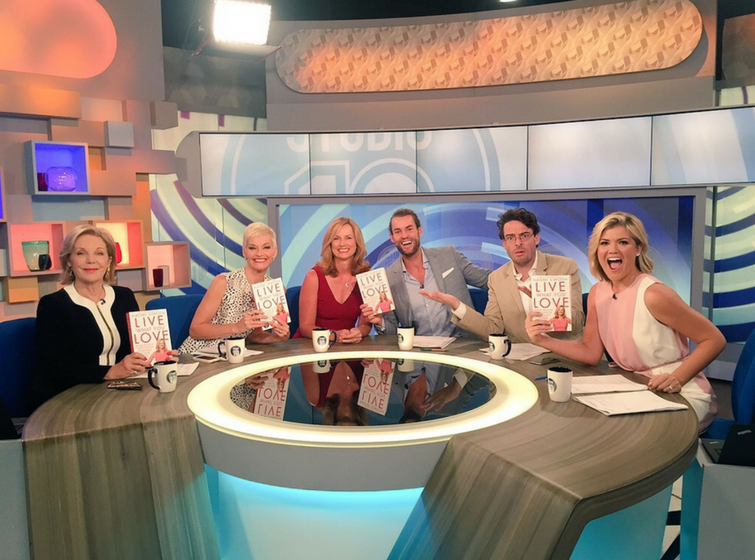I have been a fan of Don Peppers and Martha Rogers for many years. They wrote the book ‘The one to one future’ about the power of customised and personalise communication in direct marketing, ten years ago which was the early days of digital print. But time has passed since then, and I get to meet and hear Don Peppers in person that the New York Brand Engagement event and it was enlightening to hear how his message has evolved.
Interesting that his message is consistent with that of a decade ago – yet the focus has progressed from customers to employees. Peppers says that the success of marketing, in fact, is limited by how engaged employees are to whether your brand will be successful. This is a big shift. This led me to further consider.
Are Employees the new Customer?
He posed these questions to identify if employees love the brand?
- Do employees enjoy telling friends and relatives what company they work for?
- Do they go out of their way to defend your brand from criticism or attack?
- Do they enjoy their careers with you?
- Would they buy your brand for their own personal use, even at its full retail price?
Every company has a culture whether they manage it or not – it is just ‘how things are done around here’. ‘What your people do when no one is looking, might give you an insight into your culture’ he said.
“No factor is more vital to a brand’s long-term success than its culture,” said Peppers.
A successful brand requires a culture of engaged employees. And what this means is that business must now compete in a different dimension. Of course, the basic premise is to create a possible value from the customers and prospects available to you.
Customers create value in three ways:
- They generate current sales and associated costs
- They change their intent to buy or their likelihood of creating future value
- They tell other people creating potential future value.
Of course what we cannot see is if customers have a bad experience the value of the business is reduced. (The future value of the business is destroyed with a bad experience).
The customer experience is a balance between the short term and long term. Attempts to increase current income can affect the lifetime value of the customer.
Marketing, promoting or discounting too aggressively can damage the lifetime value, while improving service ie the customer experience boosts the lifetime value but current costs go up.
Unlike products – customers have memories. For example, how you treat car parts in a factory today will have no effect on what they cost you tomorrow… but how you treat customers today has everything to do with their real value tomorrow.
This email came to me yesterday which really demonstrates Peppers point vividly.
“Hi,
I’m just writing to let you know how much I appreciated Arielle’s service and phone manner yesterday. She was so friendly and courteous and turned something that I thought was going to be a complete hassle into a quick and easy process. Not only that but she went out of her way to extend my voucher for me so that my boyfriend and I could do our tandem parasailing when the season starts up again.
It’s so nice to know that there are still nice people out there, who treat customers kindly and even as friends. This is the kind of service that I look for in a company and I can assure you that because of my experience with Arielle I will definitely be coming back to RedBalloon – she is an asset to your organisation! You are to be commended for encouraging this type of work ethic in your department because this is what keeps customers happy and willing to continue doing business with you.
Again, my thanks to Arielle and I will definitely recommend RedBalloon Days to others.
Best wishes,
Pam”
It is all about balance.




Leave a comment*All fields are required